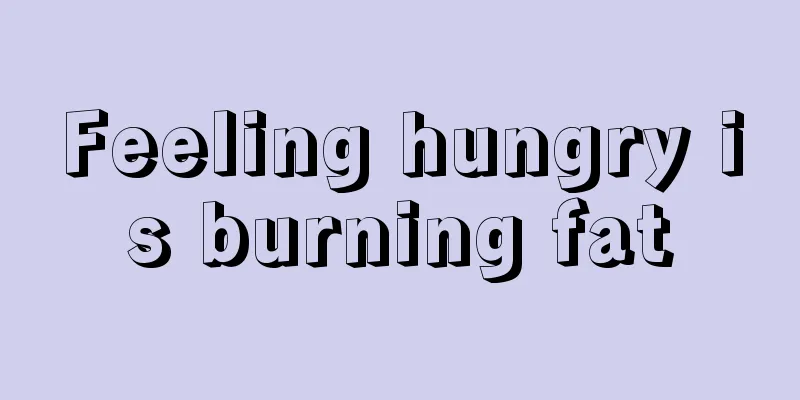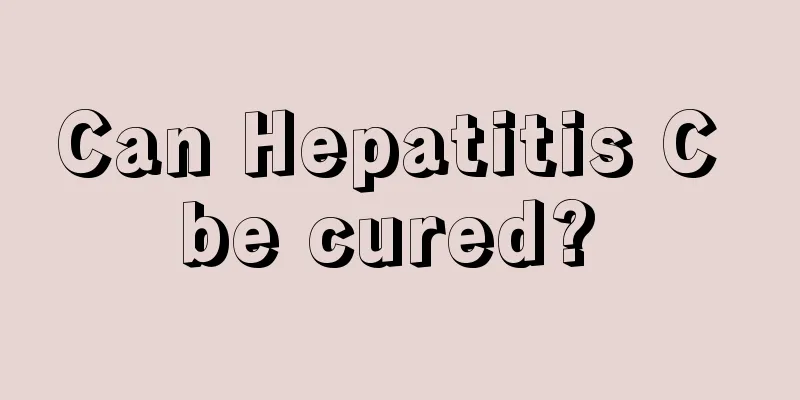How can platelets be lowered

|
Platelets are very important substances in the body. They are blood coagulants that can quickly coagulate at wounds to prevent excessive blood loss and cause great destructive effects on the body. Therefore, the health of platelets must be taken seriously and the control of the number of platelets cannot be ignored. For example, too high platelets may also cause extremely serious harm to the body. Let’s take a look at how to reduce platelets? 1. Clinical manifestations of high platelets The severity of each disease is different, and the symptoms exhibited by the patient are also different, and the same is true for high platelet counts. The onset is slow and the clinical manifestations vary in severity. About 20% of patients, especially young people, have no symptoms at onset and are occasionally diagnosed through blood tests or the discovery of splenomegaly. In mild cases, there are only dizziness and fatigue; in severe cases, there may be bleeding and thrombosis. Bleeding is often spontaneous and may recur, occurring in about 2/3 of patients. Gastrointestinal bleeding is common, and there may also be epistaxis, gingival bleeding, hematuria, and ecchymosis of the skin and mucous membranes, but purpura is rare. The incidence of thrombosis is less than that of bleeding. According to domestic statistics, 30% of patients suffer from arterial or venous thrombosis. After limb vascular embolism, limb numbness, pain, and even gangrene may occur, and erythromelalgia may also occur. Thrombosis of the spleen and mesenteric vessels can cause abdominal pain and vomiting. Pulmonary, cerebral, and renal embolism cause corresponding clinical symptoms. Splenomegaly accounts for 80% and is generally mild to moderate. A few patients have hepatomegaly. 2. How to reduce platelets Although most experts believe that when the patient's platelet count exceeds 1X106/μl and there are bleeding or embolic complications should be treated. However, the indications for the treatment of essential thrombocythemia are still unclear. The goal of treatment is to reduce platelet count to normal or near normal to prevent thrombosis and bleeding. 3. Precautions for patients with high platelet count 1. Do not eat spicy foods such as onions, garlic, ginger, etc. Do not eat hot foods such as mutton, dog meat, chicken, duck meat, etc. 2. The diet should contain more high-fiber and high-protein foods, such as eggs , lean meat, fish, milk, cabbage, radishes, tomatoes, potatoes, etc. 3. Pay attention to rest and avoid overwork. 4. Go to the hospital regularly for blood tests to detect diseases early and receive symptomatic treatment. |
<<: What should I do if my arm is swollen after being bitten by an insect
>>: What are the differences between mosquito and flea bites?
Recommend
What to do if you have a runny nose
Runny nose is a common thing in a person's li...
What does muscle compensation mean?
Muscles are relatively important tissues in the b...
What functions and indications does mung bean and licorice soup include
Whenever summer comes, people will feel very hot,...
What can help you quit drinking?
Many people know that excessive drinking can have...
What are the benefits of wearing tights for running?
Exercise can make people full of energy and healt...
Can onions cure insomnia? How to do it
Scallions are very common in our daily life. They...
How much does it cost to rule out nasopharyngeal cancer and can it be cured?
Many people may think that if you have cancer, th...
Regular gynecological examinations to prevent cervical cancer
Whether modern women can have regular gynecologic...
How to treat uterine cancer as soon as possible
Among the many cancer diseases, uterine cancer is...
Symptoms and hazards of neurofibromatosis type 1
Neurofibromatosis type 1 (NF1) is a relatively co...
How to dilute mustard paste
Usually some people will buy mustard powder, and ...
What to do if your skin is dull and lusterless
Dark and dull skin will make people look very old...
How are abscesses formed
Pustules can appear in different parts of the bod...
The efficacy and function of pickled radish
Radish as a food is something with very high nutr...
Why are obese men more likely to get prostate cancer
Fat not only wraps your body thickly, but also hi...









